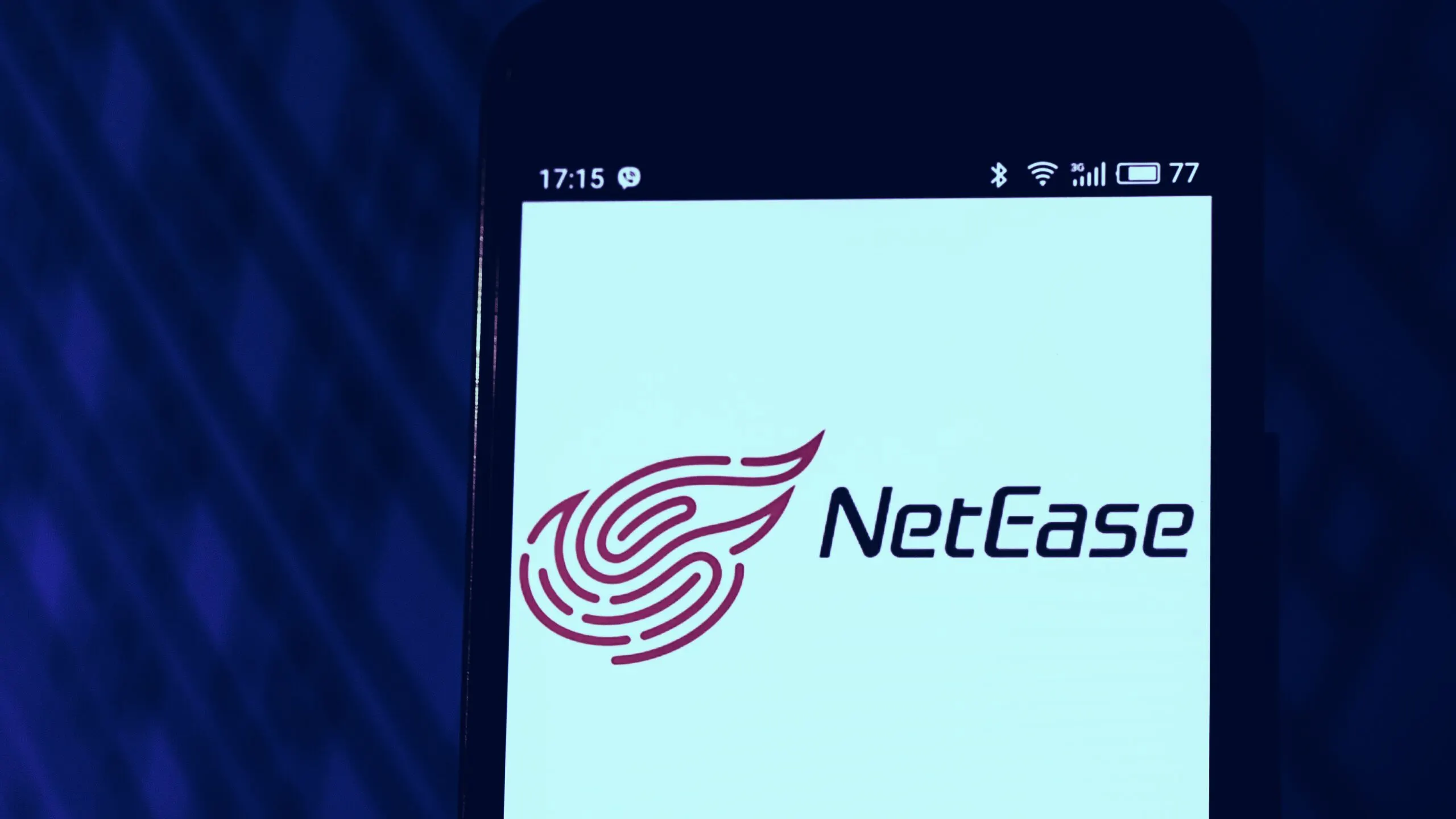Guangzhou, China-based NetEase, known for its email service, e-commerce, games and social network, is one of the oldest and most popular Internet conglomerates in the world. Like many of its Internet peers in China, NetEase entered the blockchain space in early 2018, just as the previous year’s crypto fever began to subside.
Unlike other Internet giants that focused on enterprise-based blockchain use cases, however, NetEase concentrated on consumer applications. In 2018 alone, it created three of them. But by the end of this year? Exactly, none had survived.
What happened? Let’s take a look at the three products and see what they tell us—not just about consumer-facing blockchain projects in China, but in the rest of the world, too.
The first project, Star was a “platform that helps users manage data, attention, footprint and digital assets.” It had all the fancy blockchain jargon written on its website, but in essence, it was a platform that used a virtual currency called “ black diamond,” which users could exchange for gifts. The supply of black diamond was designed to halve every two years. Sound familiar?
The tricky part was the accumulation of black diamond. To “mine” it, users had to read news on NetEase’s main website, and buy products from its e-commerce sites.
The Star project didn’t work: many people complained that “mining” black diamond was inconsistent; worse, there was hardly any transparency into the reward system. Some critics even questioned whether NetEase was using the platform to collect user data to build a credit portfolio for its future fintech products.
The next project, Quanquan, was NetEase’s attempt at creating a “blockchain-based social media ecosystem,” similar to Steemit. The blockchain element on Quanquan was the “Star Diamond ,” which was supposed to represent digital ownership. Features included a “social credit score,” where users could also earn Star Diamonds by sharing content, referring friends, and publishing content. Users could transfer their Stars Diamonds to Alipay, and cash out. Quanquan got 25 million downloads, which is considered trivial for a successful Internet company in China. So it was shuttered.
Lastly, NetEase also launched Yitoutiao, a blockchain-based news aggregator that also featured a native token “Yi Weapon.” The token was supposed to be linked to the overall profitability of the platform. Users who held Yi Weapon were supposed to be rewarded based on their share of the overall token supply. Since the app was shut down and no research can be found online, it’s not clear what exactly the pay off was—cash? Tokens? Or maybe just good will? Most users who were bothered to download the app reported that the interface looked like any other crypto news app, and it, too, died from user neglect.
The shutdown of NetEase’s blockchain experiments revealed an embarrassing truth about blockchain applications in China: Even though they came from storied, successful Internet giants with abundant resources and a the biggest mass market in the world, a killer consumer app never materialized.
In small part, this might be a China-specific thing: people there immediately have a negative association with anything that’s not centralized. Even our party-related term (中央) invokes the word central. So people would reflexively look askance on a new service that was “decentralized.”
But beyond that cultural-linguistic barrier, the mistakes NetEase made are the same as virtually every consumer-facing dapp startup has made thus far. Simply bolting on a token—whether it’s Star or Diamond or Weapon— to an otherwise centralized system won’t work. A killer application can’t be born without a deeper understanding of token economics, and a better sense of the unique ways blockchain can be put to use.
NetEase’s blockchain adventure be over for now. But given the current national appetite for blockchain—and perhaps, it’s rethink of what decentralization might entail—the company is unlikely to bid farewell to blockchain for good. Hopefully, if it returns, NetEase will offer more easy-peasy applications that people want—and can actually use.
The top 3 other things that happened last week
#1: More mining drama: Ebang accused of contract fraud
Ebang is among the Big 3 crypto miners in China, claiming to capture approximately 9.2% of mining equipment sales worldwide. While news of its upcoming IPO has attracted positive attention, a recent high-profile accusation put the company under the spotlight.
In 2018, Cailiang Technology signed a contract with Ebang to buy $78 million of equipment. Cailiang says it paid $57 million upfront and got some machines—but not all of what it had ordered. But Ebang claimed that it had already sent out the entire order, and is demanding payment of the outstanding $21 million.
In short, both claimed that they have fulfilled contractual duties, and both are suing each other.
#2. OneConnect failed at its U.S. IPO, but succeeded at home
OneConnect, the SoftBank-funded, fintech arm of Ping An, China’s largest insurance company, debuted on Nasdaq recently with a targeted share of $9-$10—much lower than its anticipated $12-$14 per share.
Many analysts attributed its disappointing performance to OneConnect’s unprofitable balance sheet and overreliance on its mothership Ping An.
But in China, no mention was made of the lackluster IPO and instead the company was celebrated as being at the forefront of technological innovation. In fact, a recent fawning piece in People’s Daily—written by the editor in chief of the government’s favorite mouthpiece—celebrated company as “the ‘climber’ of the blockchain technology peak, recognized by the industry.” The piece went on to praise OneConnect’s capability to innovate practical blockchain technology such as BaaS, Smart Contract Cloud Platform, Defi, and much more.
Given the government’s track record in supporting its own state-owned enterprises such as Ping An, the People’s Daily’s piece can be seen as a subtle push for Chinese companies to “pay more attention” to OneConnect’s blockchain application because it is now officially approved. It might be a level playing field in the stock market—but not in China’s SaaS market.
#3: Spring Festival travel on the blockchain
Getting tickets to their home towns during Spring Festival is a nightmare for most Chinese who live elsewhere. In the old days, one had to either buy a ticket six months in advance, or buy a second-hand one from Huang Niu ( a second-hand dealer). And many times, the tickets from the dealers weren’t even real.
This year, resonating with President Xi’s blockchain movement, the ticketing office has announced that it’s using blockchain to empower ticket purchasing. Specifically, the “blockchain” will help users track the source of their tickets, and ensure confidentiality in ticket purchasing.
Like most blockchain-empowered public services, the ticket office did not disclose details of the technology. However, they were smart in catching the last blockchain train before 2019 ends.
Do you know?
“约谈” means “to schedule a chat,” in Chinese. In China, when a company is “invited” by the government for a “chat,” it means that the government has officially warned the company, even though there’s no public accusation. It’s a subtle gesture for firms to stop doing whatever they are doing. Lots of crypto companies there have been invited for a chat during the past few years, It’ll be interesting to see how chatty the Government is—and with whom—in the new pro-blockchain era.
[ Da Bing is a weekly round-up of the most important crypto-related news that happened in China last week.]

